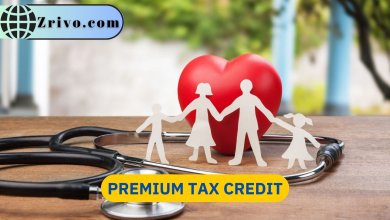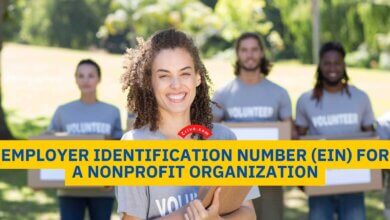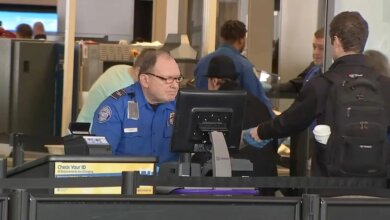Kansas SNAP
The food assistance program is an effective and critical anti-hunger, anti-poverty program for millions of families.

Kansas SNAP is a lifeline for many families. It provides a monthly payment to help purchase groceries and provide essentials like housing, health care, transportation, and child care. The state also offers a double-up program where participants can use their benefits to buy fresh fruits and vegetables at grocery stores and farmers’ markets. SNAP is funded by the federal government and administered by individual states. Eligibility for the program depends on household size and income after tax deductions.
The USDA’s Supplemental Nutrition Assistance Program, known in Kansas as the Food Assistance Program, provides qualifying low-income households with food benefits and education on diet and nutrition. Benefits are delivered on a state-issued electronic card that operates similar to a debit card. State governments set asset limits for SNAP beneficiaries and are free to relax those limits for certain categories of families, such as elderly or disabled.
Unfortunately, SNAP is still insufficient to ensure that low-income families can afford the healthy diets they need. SNAP’s application and recertification process is cumbersome, and state policy restrictions prevent some eligible families from receiving assistance. These restrictions include requiring cooperation with child support and onerous work reporting requirements that force Kansans to jump through unnecessary hoops.

Kansas Benefit Card
SNAP benefits provide the means for low-income families to purchase food to maintain a healthy nutritional level. In addition to providing a cash stipend, the program also provides education in food preparation and nutrition. Monthly benefits are provided on a “Kansas Benefit Card,” which can be used to buy food at local grocery stores and other locations that accept EBT. ABAWDs who can work are subject to a three-month time limit on receiving SNAP benefits.
In 2021, the Kansas Department for Children and Families announced that SNAP recipients would receive a 10% increase in their allocation. However, this temporary boost came to an end in October of the same year. SNAP benefits are distributed through a prepaid electronic benefit transfer (EBT) card, similar to a debit card.
Eligibility
SNAP eligibility is determined by a number of factors, including household size, income, and allowable deductions. Generally, households with a gross income below the poverty level are eligible for SNAP benefits. The state of Kansas uses an online tool to evaluate your eligibility and guide you through the application process. In addition, you can apply for SNAP in person or by phone. You can even save your application and return to it later. You can also use the FreshEBT app to check your SNAP balance on your mobile device.
Other requirements include providing names and addresses of all members in the household. Applicants must also disclose disabilities and other significant changes in household circumstances. Moreover, they must be able to work at least 20 hours each week. Some states have implemented broad-based categorical eligibility, which allows households above the income limit to access benefits if they have other qualifying assets. Lastly, applicants must have an active bank account. SNAP benefits are loaded onto a Vision card, which can be used at approved stores and farmers markets to buy food items.





